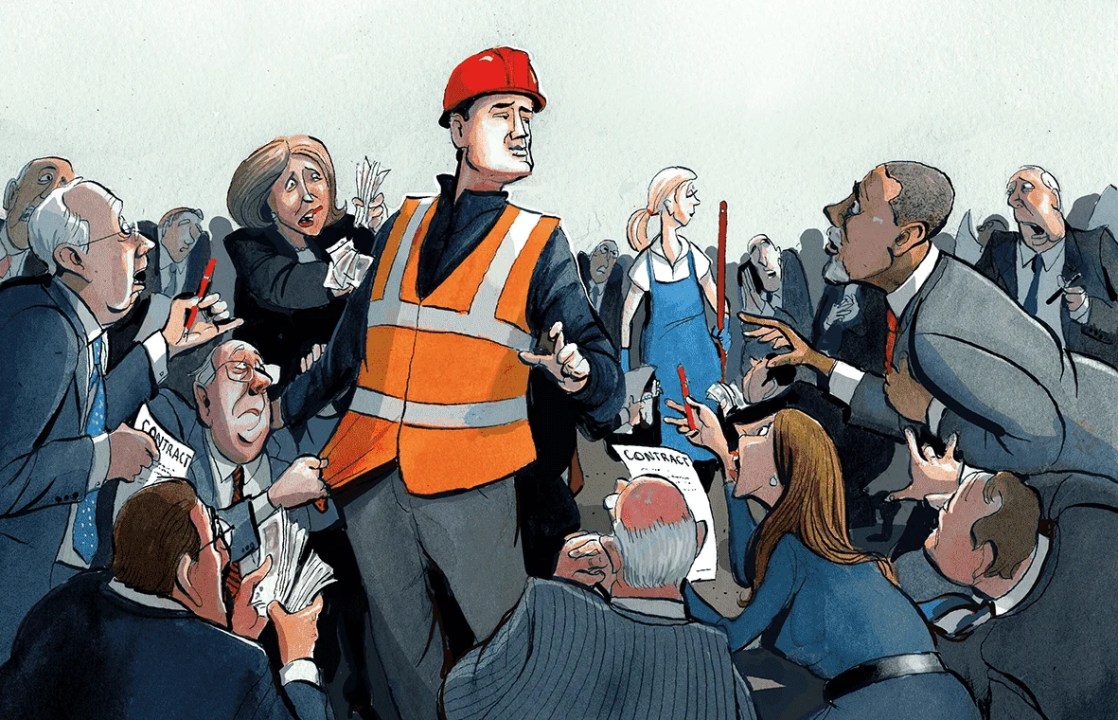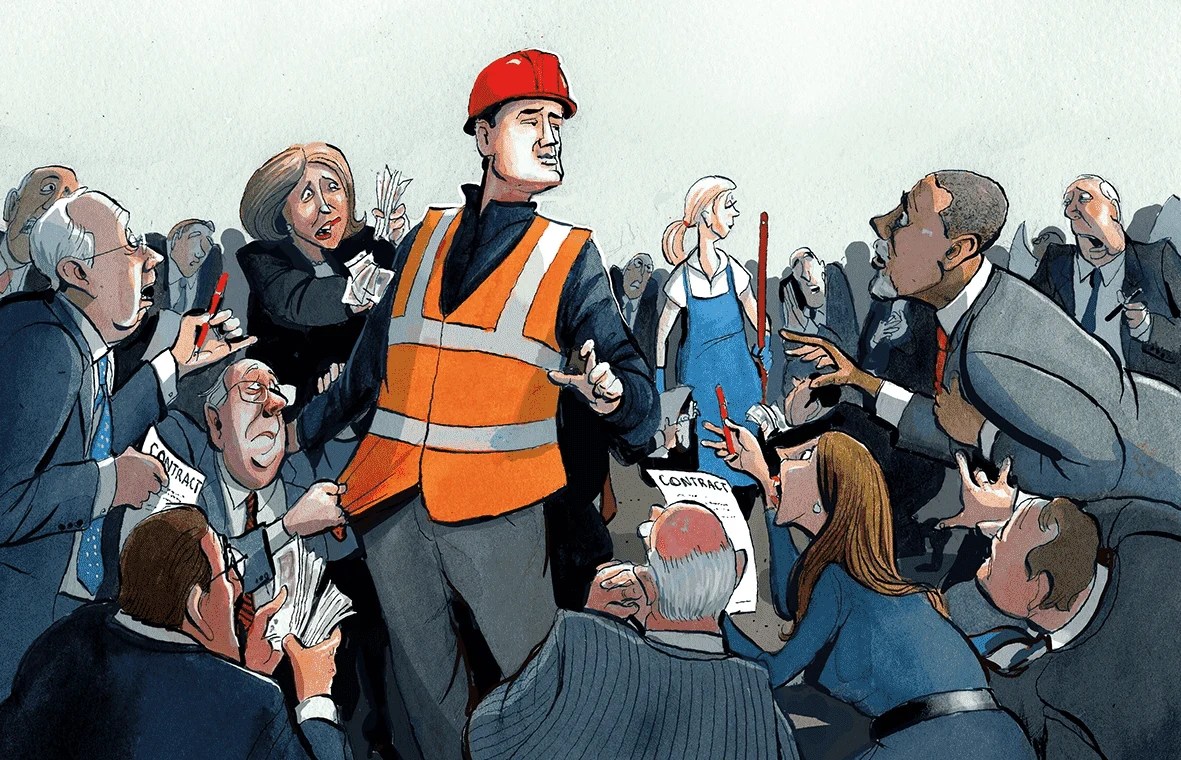Unemployment in Britain has risen again and is now at 3.7 per cent, up 0.2 per cent on the quarter. It’s a very small change in the grand scheme of things but, perhaps counterintuitively, a change in the right direction.
This morning’s labour market update from the Office for National Statistics shows that while the headline unemployment figure has ticked up, the economic inactivity rate has slightly decreased by 0.1 per cent. This reflects a shift in the status of some working age people – approximately 55,000 between September and November 2022 – from being out of work and not seeking it to actively seeking work. With the redundancy rate slightly up but still ‘low’ according to the ONS – standing at 3.4 per thousand employees – the increase in the unemployment rate can be taken as a sign of more people registering their interest in going to work.
The ONS estimates that it’s largely the youngest workers, aged 16-24, and older workers, aged 50-64, who are looking to enter or re-enter the workforce, mainly because of changes of circumstance among the ‘students, long-term sick, or retired’. Health ailments are currently estimated to be keeping over two million people out of the labour force, contributing to the dramatic rise during the pandemic of over five million people now on some sort of out-of-work benefit (a cost not just in terms of the public finances, but in human potential, which Fraser Nelson looks at in his cover piece in the most recent edition of the magazine). It’s a reminder that, while the government likes to boast that unemployment is still at near record lows, the official figure does not come close to capturing the millions of working age people who, for a variety of reasons, find themselves out of work.
As these groups look for jobs, they shouldn’t struggle. Today’s update highlights the extent to which the labour market is still in desperate need of workers, with job vacancies between October to December 2022 estimated to stand at 1,161,000. It’s a fall of approximately 75,000 vacancies from July to September last year – and the sixth consecutive dip in a row – but the ONS notes that the million plus figure still hovers at record highs, as the labour market remains extremely tight since coming out of the height of lockdown restrictions.
The real bad piece of news in today’s update is not the unemployment rate, but the impact inflation continues to have on average wages. Both total and regular pay fell by 2.6 per cent on the year in real terms – not quite the record fall of 3 per cent seen last spring, but ‘among the largest falls in growth since comparable records began in 2001.’ The impact of inflation is especially frustrating as regular growth was notably strong between September and November last year, rising 7.2 per cent in the private sector and 3.3 per cent for the public sector, ‘the strongest growth rate seen outside of the coronavirus pandemic period.’
So employers are delivering on pay raises, but inflation continues to be so rampant that bigger pay packs still have many workers feeling worse-off. The hope is that inflation continues to fall in the coming months as energy prices settle back down. We’ll find out more about that tomorrow when the CPI figures for December are published.








Comments